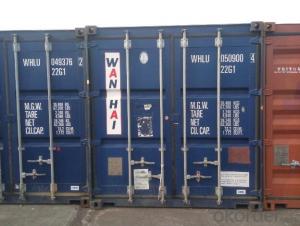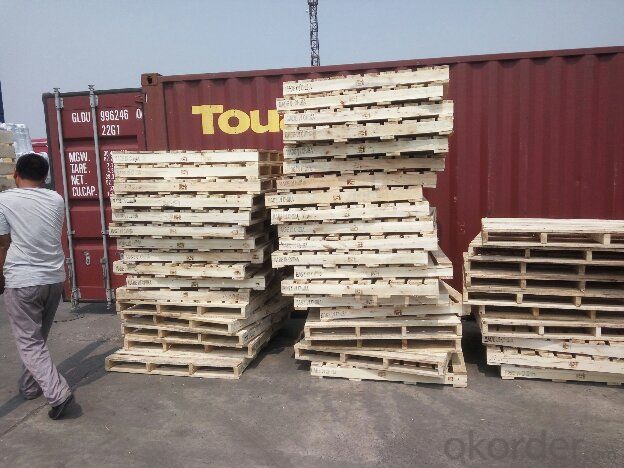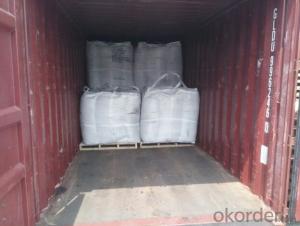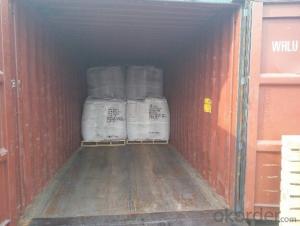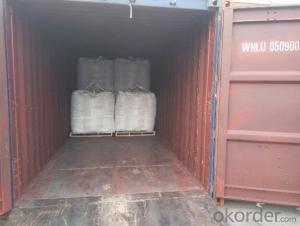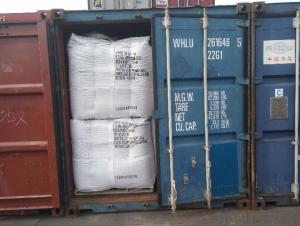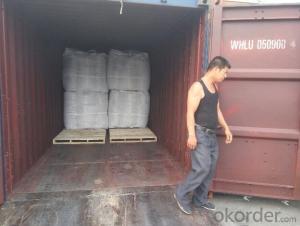10% Ash Foundry Coke made in Shandong with Sulphur 0.65%max
- Loading Port:
- Tianjin
- Payment Terms:
- TT OR LC
- Min Order Qty:
- 20.6
- Supply Capability:
- 1006 m.t./month
OKorder Service Pledge
OKorder Financial Service
You Might Also Like
Brief Introduction
Foundry Coke is the main fuel of melting iron in the oven. It can melt the materials in the over, make the iron reach great heat, and keep good air permeability by sustain stock column. Thus, the foundry coke should have the characteristics of big block, low reactivity, small porocity, enough anti-crush strengh, low ash and low sulphur.
The coke handled by our cooperation is made from superior coking coal of Shanxi province. Provided with the advantages of low ash, low sulphur and high carbon. Our coke is well sold in European, American, Japanese and South-east Asian markets. Our owned Coke plant are located in Shanxi Province and supplying of you many kinds of coke.
we supply Foundry Coke long-term, its characteristic is best strength, low sulfur and phosphorus,thermal stability.
Specifications:
ASH % | 8% max | 10% max | 12% max |
V.M.% MAX | 1.5% max | 1.5% max | 2% max |
SULFUR % | 0.65% max | 0.65% max | 0.7% max |
MOISTURE | 5% max | 5% max | 5% max |
Size | 80mm-120mm,80-150,100-150mm, or as request | ||
Features
1. Our quality is always quite good and stable which is producing and packing according to customers' requirements.
2. Putting Client profile into first, achieved mutual benefit. It is more and more popular around the world
3. Good partner on business. It's a good and wise choice for customers' to purchase from us. It's our great honor to cooperate with you.
4. We can supply documents as follows:
- bill of loading,
-Invoice,
-Packing List
-Insurance
-standard inspection pictures of the container as specified by INSPECTORATE
-or more requested by buyer.
Pictures
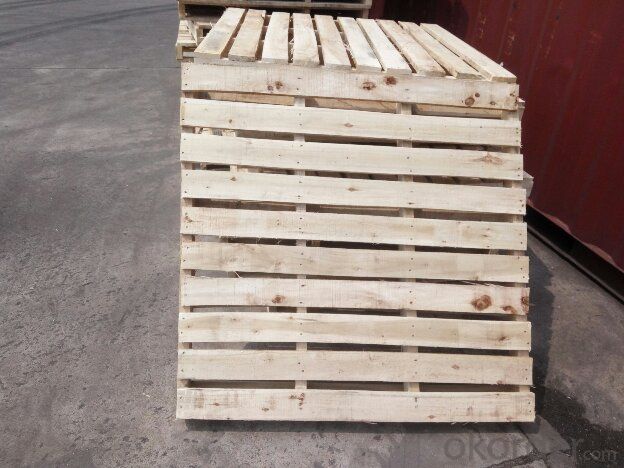

FAQ
1. What is the packing?
In 25kg bag/ In jumbo bags without pallet/ Two jumbo bags with one pallet/ or as customers’ request
2. What is the production capacity?
10 thousand tons per month
3 What is payment term?
Irrevocable LC at sight/ 20% down payment by T/T and 80% against BL copy byT/T/ or to be discussed
4 What is the service?
We will send sample to the third party(CIQ, CCIC, SGS,BV or to be discussed) for checking, and present the test certificate and loading repot of shipment.
- Q: How does carbon contribute to the structure of DNA?
- The structure of DNA relies heavily on carbon, as it plays a critical role in its composition. Carbon is a crucial element in the formation of the sugar-phosphate backbone, which is an integral part of the DNA molecule. This backbone consists of alternating sugar and phosphate molecules, with the sugar molecule being deoxyribose in DNA. Deoxyribose sugar contains five carbon atoms, making carbon a significant component in its structure. These carbon atoms provide stability and rigidity to the backbone, ensuring the overall structure of the DNA molecule remains intact. Additionally, carbon also contributes to the formation of the nitrogenous bases that form the ladder-like structure of DNA. There are four nitrogenous bases in DNA: adenine (A), guanine (G), cytosine (C), and thymine (T). Carbon atoms are present in the structure of each of these bases, giving them their distinct chemical properties. Various functional groups containing carbon, such as amino and keto groups, actively participate in hydrogen bonding and stacking interactions that determine the base pairing within the DNA double helix. To summarize, carbon is an indispensable element in the structure of DNA. It not only provides stability and rigidity to the sugar-phosphate backbone but also plays a crucial role in the formation of the nitrogenous bases. The unique properties of carbon enable DNA to maintain its double helix structure and facilitate the accurate transmission of genetic information.
- Q: How does carbon affect the growth of plants?
- Plants rely on carbon for their growth and development, as it is a vital element. It is found in organic compounds like carbohydrates, proteins, and lipids, which are essential for plants' metabolic processes. Photosynthesis allows plants to convert carbon dioxide into glucose and other sugars, providing them with energy for various functions and growth. Additionally, carbon plays a crucial part in building plant structures. Cellulose, a complex carbohydrate composed of carbon, hydrogen, and oxygen, gives rigidity and support to plant cell walls, enabling them to maintain their shape and withstand mechanical stress. Lignin, another carbon-based compound, strengthens stems and roots, allowing plants to grow upright and resist bending or breaking. Moreover, carbon has a role in regulating plant hormones and signaling molecules that control growth and development. It acts as a foundation for the synthesis of various plant hormones, such as auxins, gibberellins, and cytokinins, which influence cell division, elongation, and differentiation. To summarize, carbon is crucial for plant growth as it fuels their energy needs, provides structural support, and participates in hormonal regulation. Understanding the significance of carbon in plant growth is essential for optimizing agricultural practices, ensuring healthy crop yields, and mitigating the impact of climate change on plant ecosystems.
- Q: What is the greenhouse effect?
- The greenhouse effect is a natural process that occurs when certain gases in the Earth's atmosphere trap heat from the sun and prevent it from escaping back into space. These gases, such as carbon dioxide (CO2), methane (CH4), and water vapor, act like a blanket, allowing sunlight to pass through but trapping the heat that is radiated back from the Earth's surface. This process is essential for the Earth's survival as it helps to maintain a relatively stable and habitable temperature range. Without the greenhouse effect, the Earth's average temperature would be much colder, making it uninhabitable for most life forms. However, human activities, such as burning fossil fuels, deforestation, and industrial processes, have significantly increased the concentration of greenhouse gases in the atmosphere. This excess of greenhouse gases intensifies the greenhouse effect, leading to a phenomenon known as global warming. Global warming refers to the gradual increase in the Earth's average temperature, primarily caused by human-induced greenhouse gas emissions. This rise in temperature has far-reaching consequences, including melting ice caps, rising sea levels, extreme weather events, and disruption of ecosystems. The greenhouse effect itself is a natural and necessary process, but the enhanced greenhouse effect caused by human activities is contributing to climate change. Therefore, it is crucial to reduce greenhouse gas emissions and adopt sustainable practices to mitigate the adverse effects of global warming.
- Q: What are the uses of carbon nanotubes?
- Carbon nanotubes have a wide range of uses across various fields. They are used in electronics for creating smaller and more efficient transistors, sensors, and conductive materials. In materials science, they enhance the strength and flexibility of composites, making them ideal for use in aerospace and automotive industries. They also show promise in drug delivery systems and cancer treatment due to their ability to penetrate cells. Additionally, carbon nanotubes have applications in energy storage, water purification, and even in the development of lightweight and durable sports equipment.
- Q: What are the applications of carbon nanomaterials in medicine?
- Carbon nanomaterials have a wide range of applications in medicine, including drug delivery systems, tissue engineering, biosensors, and imaging techniques. They offer unique properties such as high surface area, biocompatibility, and the ability to carry and release drugs in a controlled manner. Additionally, carbon nanomaterials can be used for targeted therapy, regenerative medicine, and diagnostic purposes, making them promising tools for advancing medical treatments and improving patient outcomes.
- Q: What are the different types of carbon-based drugs?
- There are several categories in which carbon-based drugs can be classified, based on their chemical structure and mode of action. One of the most common categories is alkaloids, which are naturally occurring compounds found in plants and have powerful pharmacological effects. Examples of carbon-based alkaloid drugs include morphine, codeine, and cocaine. Another category of carbon-based drugs is steroids. Steroids are compounds characterized by a carbon skeleton consisting of four fused rings. They are widely used in medicine because of their anti-inflammatory and immunosuppressive properties. Examples of carbon-based steroid drugs include cortisone, prednisone, and estrogen. Additionally, carbon-based drugs can be classified as nonsteroidal anti-inflammatory drugs (NSAIDs). These drugs work by inhibiting the action of cyclooxygenase enzymes, which reduces pain, inflammation, and fever. Common carbon-based NSAIDs include aspirin, ibuprofen, and naproxen. Furthermore, carbon-based drugs can be categorized as antibiotics. These are compounds derived from microorganisms or synthesized artificially that hinder the growth of bacteria or other microorganisms. Examples of carbon-based antibiotic drugs include penicillin, tetracycline, and erythromycin. Lastly, carbon-based drugs can also be synthetic compounds designed to target specific receptors or pathways in the body. These drugs are often created through extensive research and testing to treat various diseases and conditions. Examples of such drugs include cholesterol-lowering statins, antipsychotic medications, and anti-cancer drugs. To sum up, carbon-based drugs can be classified into alkaloids, steroids, NSAIDs, antibiotics, and synthetic compounds. Each category consists of drugs with diverse chemical structures and mechanisms of action, allowing for a wide range of therapeutic applications in the field of medicine.
- Q: What are the benefits of carbon-neutral technologies?
- Carbon-neutral technologies have numerous benefits, including the reduction of greenhouse gas emissions, mitigating climate change, and improving air quality. They also promote energy efficiency, stimulate innovation and job creation in the clean energy sector, and enhance energy security by reducing reliance on fossil fuels. Furthermore, carbon-neutral technologies contribute to sustainable development, foster international cooperation, and create a healthier and more sustainable future for all.
- Q: How does carbon dioxide affect waste management processes?
- Carbon dioxide can affect waste management processes by contributing to the greenhouse effect and climate change. Increased levels of carbon dioxide in the atmosphere can lead to higher temperatures, which can impact waste decomposition rates, emission of greenhouse gases from landfills, and the overall efficiency of waste treatment technologies. Additionally, carbon dioxide emissions from waste incineration can contribute to the overall carbon footprint of waste management processes.
- Q: What are the impacts of carbon emissions on the stability of tundra ecosystems?
- The impacts of carbon emissions on the stability of tundra ecosystems are significant and wide-ranging. Carbon emissions, primarily in the form of greenhouse gases such as carbon dioxide and methane, contribute to global warming and climate change. As a result, the tundra ecosystems, which are particularly vulnerable to temperature changes, experience several negative effects. Firstly, increased carbon emissions lead to rising temperatures, causing the permafrost in the tundra to thaw. Permafrost is a layer of permanently frozen soil that acts as a foundation for the tundra ecosystem. When it thaws, the stability of the entire ecosystem is compromised. The ground becomes unstable, leading to collapsing landscapes, landslides, and altered drainage patterns. This can disrupt plant and animal habitats, as well as impact the distribution of water resources. Secondly, as permafrost thaws, organic matter that has been frozen for thousands of years starts to decompose. This decomposition process releases large amounts of carbon dioxide and methane into the atmosphere, further exacerbating the greenhouse effect. This positive feedback loop accelerates climate change and contributes to the overall increase in carbon emissions. Furthermore, the thawing of permafrost also affects the vegetation in tundra ecosystems. Many plant species in the tundra rely on the permafrost layer for stability and nutrient availability. With its degradation, plants face difficulties in establishing and maintaining their root systems. This, in turn, reduces plant productivity and alters the composition of plant communities. Changes in vegetation can impact wildlife, such as reindeer, caribou, and migratory birds, which depend on specific plant species for food and shelter. Additionally, the increased thawing of permafrost releases previously trapped pollutants and contaminants, which can further harm the stability of tundra ecosystems. These pollutants, such as heavy metals and toxic chemicals, can enter waterways and affect aquatic life, disrupting the delicate balance of the ecosystem. Overall, carbon emissions contribute to the destabilization of tundra ecosystems through the thawing of permafrost, alteration of vegetation, release of greenhouse gases, and contamination of water resources. These impacts not only affect the tundra's unique biodiversity but also have implications for global climate change. It is crucial to reduce carbon emissions and mitigate the effects of climate change to preserve the stability and integrity of these fragile ecosystems.
- Q: What is the burning point of carbon?
- Generally speaking, the ignition point of charcoal is relatively low, about 300 degrees, and the coal is higher, at 600 - 700 degrees!
Send your message to us
10% Ash Foundry Coke made in Shandong with Sulphur 0.65%max
- Loading Port:
- Tianjin
- Payment Terms:
- TT OR LC
- Min Order Qty:
- 20.6
- Supply Capability:
- 1006 m.t./month
OKorder Service Pledge
OKorder Financial Service
Similar products
Hot products
Hot Searches
